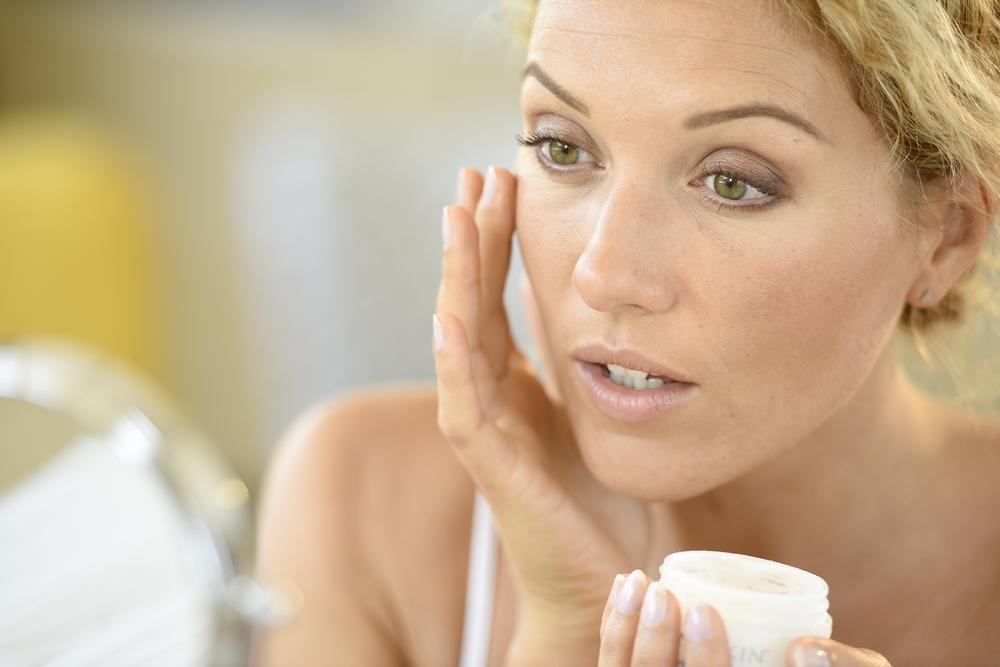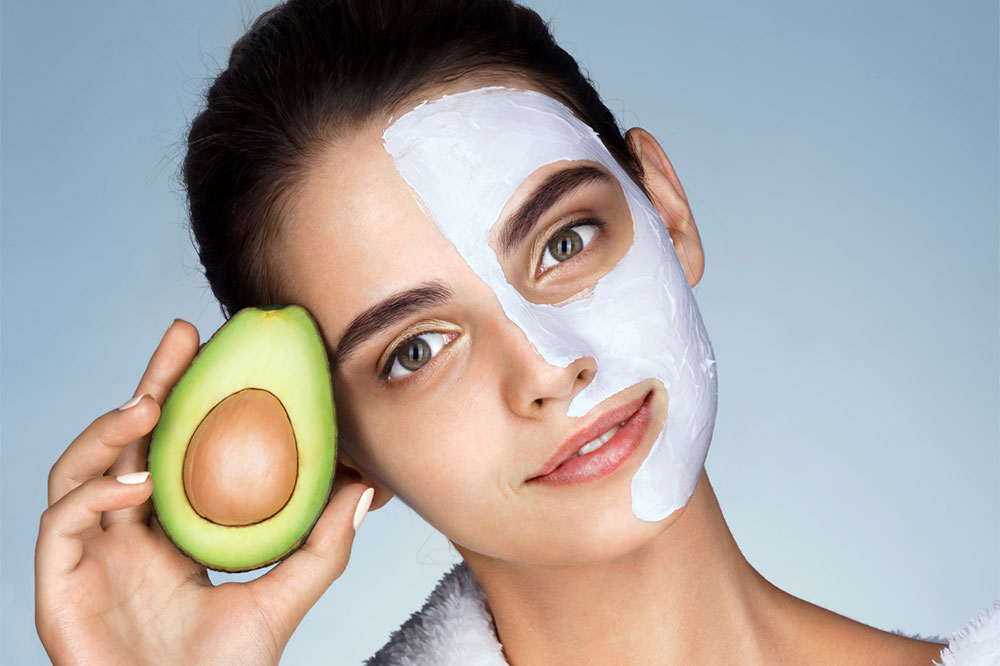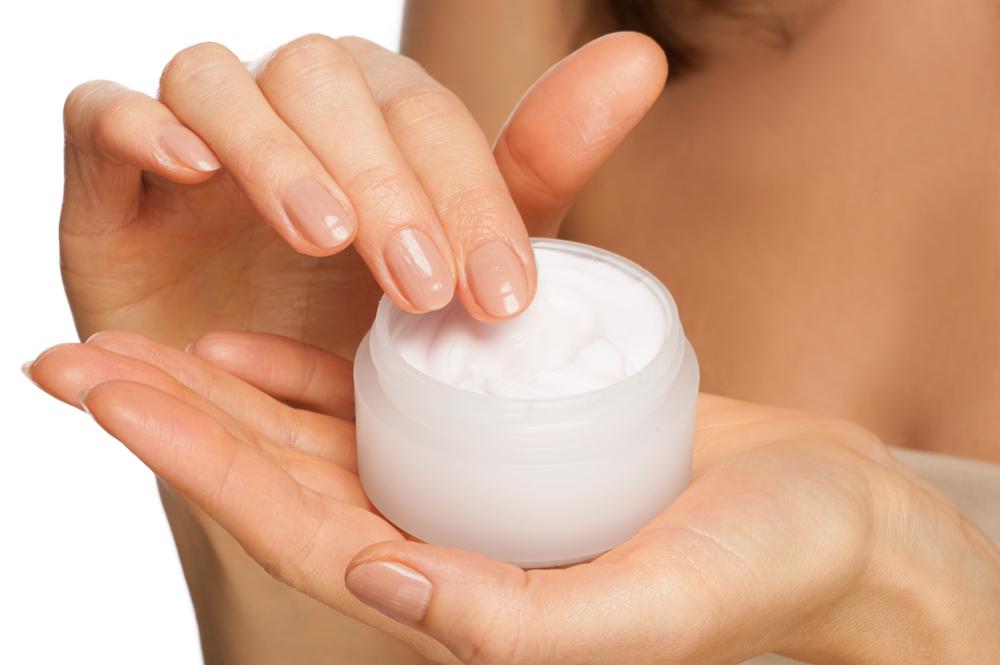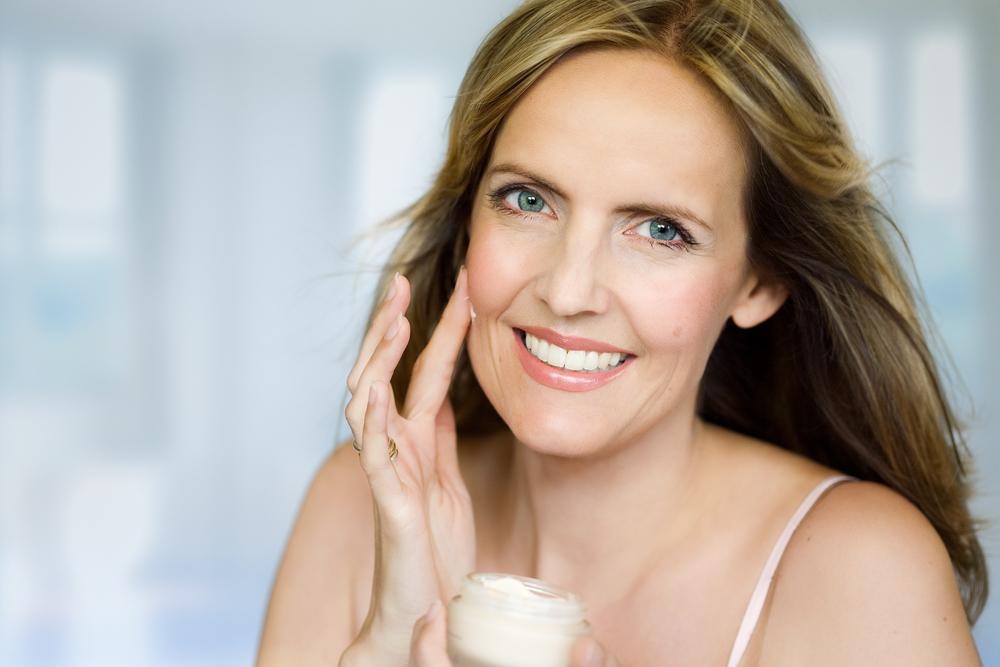Comprehensive Guide to Skincare Ingredients for Tackling Pigmentation and Uneven Skin Tone
Discover comprehensive skincare solutions to combat pigmentation and uneven skin tone. This guide covers essential ingredients like kojic acid, AHAs, arbutin, glycolic acid, salicylic acid, and vitamin E, explaining how they work to brighten and even skin. Learn how early intervention and consistent skincare can help you achieve a radiant, flawless complexion. Perfect for anyone struggling with dark spots, age spots, or sun damage, this article offers expert advice on selecting effective products and protecting your skin from further pigmentation. Start your journey to brighter skin today.

Essential Ingredients to Address Skin Pigmentation Issues
Uneven skin pigmentation, including dark patches, age spots, liver spots, and sunspots, can significantly affect your complexion's vibrancy and youthfulness. These blemishes often lead to a dull, aged appearance and can be challenging to treat. Fortunately, advancements in skincare formulations offer a variety of ingredients designed specifically to combat pigmentation. Incorporating these key components into your skincare routine can help you achieve a brighter, more even skin tone, restoring your natural glow.
Understanding the active ingredients involved in combating pigmentation is crucial for selecting effective products. Below, we explore some of the most potent and scientifically backed ingredients that dermatologists and skincare experts recommend for addressing skin discoloration and promoting a luminous complexion.
1. Kojic Acid: A Powerful Skin Brightening Agent
What is Kojic Acid?
Kojic acid is a natural compound derived from certain fungi, notably Aspergillus oryzae, used extensively in skincare for its skin lightening properties. It has gained popularity due to its ability to directly inhibit melanin production, making it an effective solution for reducing hyperpigmentation and evening out skin tone.
How Does It Work?
This ingredient works by blocking tyrosinase, an enzyme vital for melanin synthesis. By limiting melanin production, kojic acid helps diminish the appearance of dark spots, age spots, and sun-induced hyperpigmentation. Regular use can lead to a visibly brighter skin tone and a reduction in discoloration.
2. Alpha Hydroxy Acids (AHAs): The Exfoliating Powerhouses
Overview of AHAs
Alpha Hydroxy Acids are water-soluble acids naturally found in or derived from fruits, milk, and other natural sources. Common types include glycolic acid, lactic acid, and citric acid. Known for their exfoliating capabilities, AHAs gently dissolve the bonds holding dead skin cells together on the surface, promoting the regeneration of fresher, brighter skin.
Benefits for Pigmentation
By removing the outermost layer of dull, pigmented skin, AHAs reveal a more luminous complexion underneath. They are particularly effective in treating conditions such as melasma, age spots, and sun damage, especially when used consistently over time. Additionally, AHAs enhance skin texture, reduce fine lines, and improve overall skin radiance.
3. Arbutin: Nature’s Skin Brightening Compound
Origin and Composition
Derived from plant sources such as mulberry, blueberry leaves, and cranberries, Arbutin is a natural glycoside known for its skin brightening effects. It is considered a safer alternative to hydroquinone, offering effective pigmentation reduction with minimal irritation.
Mechanism of Action
Arbutin works by inhibiting tyrosinase activity, thereby blocking melanin synthesis. Regular application helps lighten dark spots, even out skin tone, and enhance skin radiance, making it a preferred ingredient for pigmented and uneven skin.
4. Glycolic Acid: The Classic Exfoliant
Source and Benefits
Glycolic acid, a small molecule alpha hydroxy acid, can be extracted from natural sources like sugar cane and grapes or produced synthetically. Its small size allows it to penetrate deeply into the skin, making it highly effective at exfoliation.
Role in Treating Pigmentation
This ingredient promotes the shedding of pigmented, dull outer layers and stimulates collagen production, resulting in smoother, clearer, and more evenly toned skin. Glycolic acid is widely recommended by dermatologists for reducing hyperpigmentation, fine lines, and rough texture, especially as part of chemical peel treatments or daily skincare regimens.
5. Salicylic Acid: The Anti-Inflammatory and Pore-Refining Agent
Overview of Salicylic Acid
Salicylic acid, a beta hydroxy acid (BHA), is renowned for its ability to penetrate deep into pores, exfoliating dead skin cells and clearing debris that can cause blockages and hyperpigmentation. Its anti-inflammatory properties make it suitable for acne-prone skin types, which often suffer from post-inflammatory hyperpigmentation.
Effectiveness in Pigmentation Treatment
This ingredient helps in lightening dark spots and patches resulting from acne scars and skin infections. It’s an economical and effective option for managing pigmentation issues without resorting to invasive procedures.
6. Vitamin E: The Skin Protector
Antioxidant Properties
Vitamin E is a powerful antioxidant that helps neutralize free radicals generated by UV exposure and environmental pollutants, both of which contribute to skin aging and pigmentation. Its role as a skin protector makes it a key ingredient in maintaining a healthy, radiant complexion.
Additional Benefits
In addition to its antioxidant activity, vitamin E supports cell regeneration, reduces inflammation, and helps repair sun-damaged skin. Regular use can improve skin hydration, clarity, and overall brightness.
Early Intervention and Consistent Care
Addressing skin pigmentation at its initial stages significantly improves the chances of effective treatment. Using products infused with these targeted ingredients consistently is essential for achieving visible results. Protecting your skin from further sun damage by applying sunscreens with a high SPF, wearing protective clothing, and avoiding excessive sun exposure are also vital steps in managing pigmentation. Remember, patience and consistency are key to reclaiming clear, even-toned skin.





